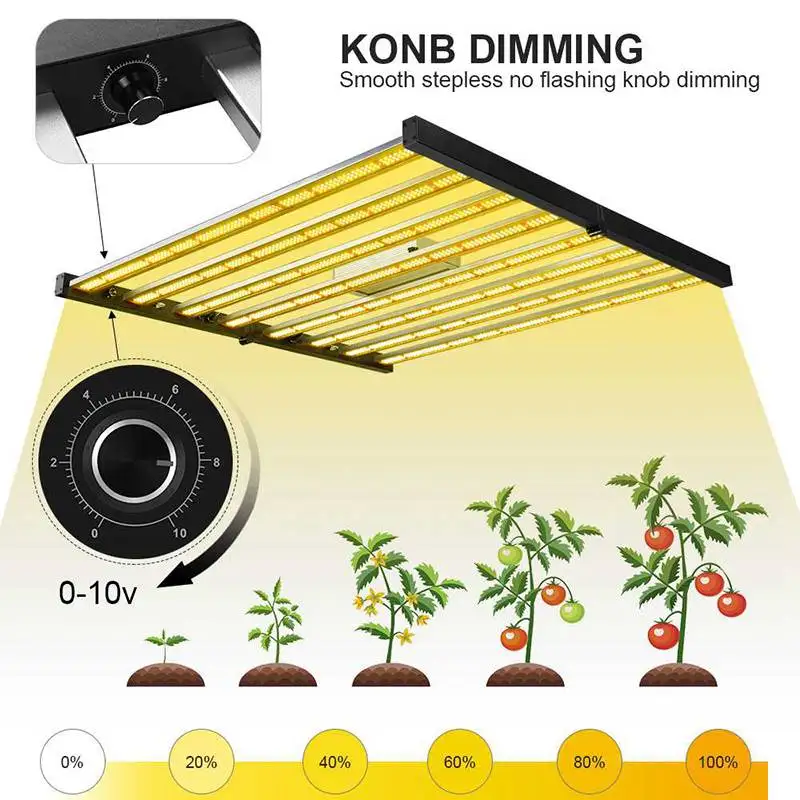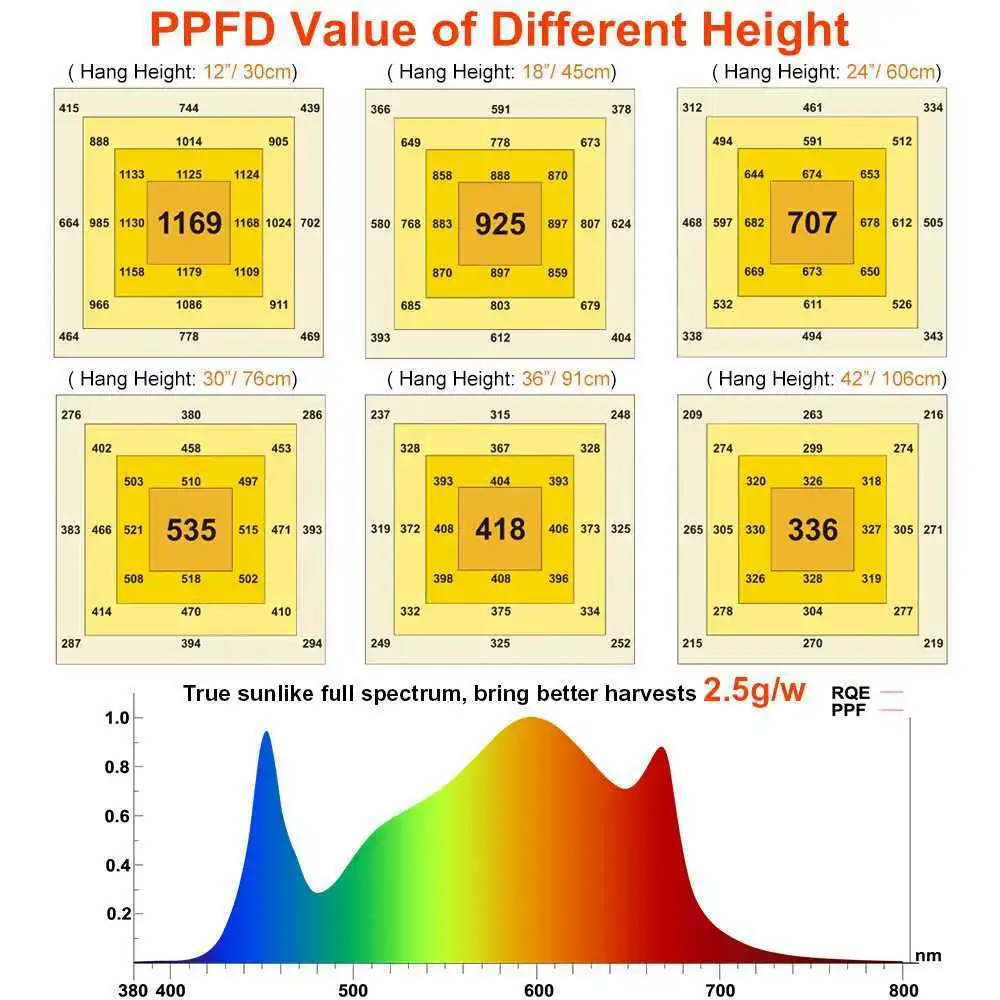what is difference between LED lights and grow lights ?
LED lights are a type of lighting technology that uses light-emitting diodes (LEDs) to produce light. They are energy-efficient and versatile, and can be used for a variety of lighting applications, including general illumination.LED plant grow lights, on the other hand, are specialized lights designed specifically for horticulture and indoor gardening. They are designed to mimic the natural light spectrum that plants need to grow and thrive, and can be used to provide supplemental or sole-source lighting for plants that are grown indoors. In terms of differences, LED lights are generally more versatile and can be used for a wider range of applications, whereas grow lights are more specialized and optimized for plant growth. LED plant grow lights also tend to be more expensive than LED lights due to their specialized design and features. Additionally, grow lights typically produce more intensity in the red and blue spectrum,which are the wavelengths of light most beneficial for plant growth and flowering, while LED lights can be customized to produce a range of different colors and spectrums.

The development of plant lights actually has 5 processes:
1. Experimental stage
2. Forming stage
3. Recognition stage
4.Change stage
5. Outbreak stage
After the United States successfully developed the atomic bomb in 1945, Danish scientists and Austrian scientists joined forces to think of growing food underground, so they launched the first plant lamp factory project. The results of the experiment at that time were not ideal, and they were purely researching how to use lights to grow plants! This process lasted about 6-7 years. This project fully confirmed that when there is a better light source, plants can be grown using a plant factory method! By 1964, the United States successfully developed high-lumen high-pressure sodium lamps through electrical appliances, with an illumination of about 30m/w. After that, another group of scientists resumed research on plants.After continuous research and experiments by scientists, after the 21st century, the use of LED grow plant lights has become very widespread!
What is the principle of LED plant growth lights?
LED plant grow lights, on the other hand, are specialized lighting systems designed specifically to help plants grow. They typically provide a specific spectrum of light that is optimized for plant growth and contain specialized features such as adjustable intensity and color temperature
Effects of spectral range on plant physiology:
280nm ~ 315nm The effect on plant morphology and physiological process is relatively small
315 nm~ 420nm The chlorophyll absorption of the plant is low, affecting the photoperiod effect and preventing stem elongation
420 nm~ 500nm The absorption ratio of chlorophyll and carotenoid to plant (blue) is the largest, and the effect on photosynthesis is the greatest ,This spectral range is most recommended
500 nm~ 620nm The absorption rate of plant pigment is not high
620nm ~ 750nm The absorption rate of (red) chlorophyll in plants is “high”, which has a significant effect on photosynthesis and photoperiod effect
750nm ~ 1000nm Plant absorption rate is low, stimulate cell elongation, affect flowering and seed germination, the plant may not grow
>1000nm The spectrum is too high, converted into heat, and the plant cannot grow
How to use LED plant grow lights!
First of all, we need to understand the characteristics of plants. The difference is that plants have different spectral requirements for plant lights! When we use it, we need to understand the characteristics of the plants in advance and need appropriate spectral intensity for lighting. There are requirements for the lighting cycle of plants. Plants require a certain lighting time and cycle, usually 12-16 hours. Of course, the time for taking pictures needs to be determined according to the characteristics of the plant!

What are the certification certificates for plant lights?
- CE:CONFORMITE EUROPEENNE
- RoHS:(Restriction of Hazardous Substances)
- ETL:Electrical Testing Laboratories
LED plant grow lights are currently widely used around the world! For China’s agriculture, the emergence of plant lights has brought great benefits to farmers! Plant lights can be used in greenhouses, plant factories, farms and other places. When the weather forecast fails to meet the growth needs of plants, farmers can use plant lights to grow vegetables, strawberries and other fruits, vegetables and melons to ensure that they can Meet daily market needs! And by using grow lights, the yield is very high! There are also many people who use plant lights to grow succulents, flowers, potted green plants, etc. at home, which can make plants grow faster and better! If you encounter areas where the land is too barren for farming or the territory is too small for farming, you can also use plant lights to produce a variety of vegetables and fruits, because it can save a certain amount of transportation costs and allow people to try fresh vegetables and fruits. It will undoubtedly bring great convenience to people’s lives! It is safe to use electricity and the prompt should not be kept for too long. If the spectrum is too high, the effect of plant growth will not be that good or even equivalent to a simulation effect!
